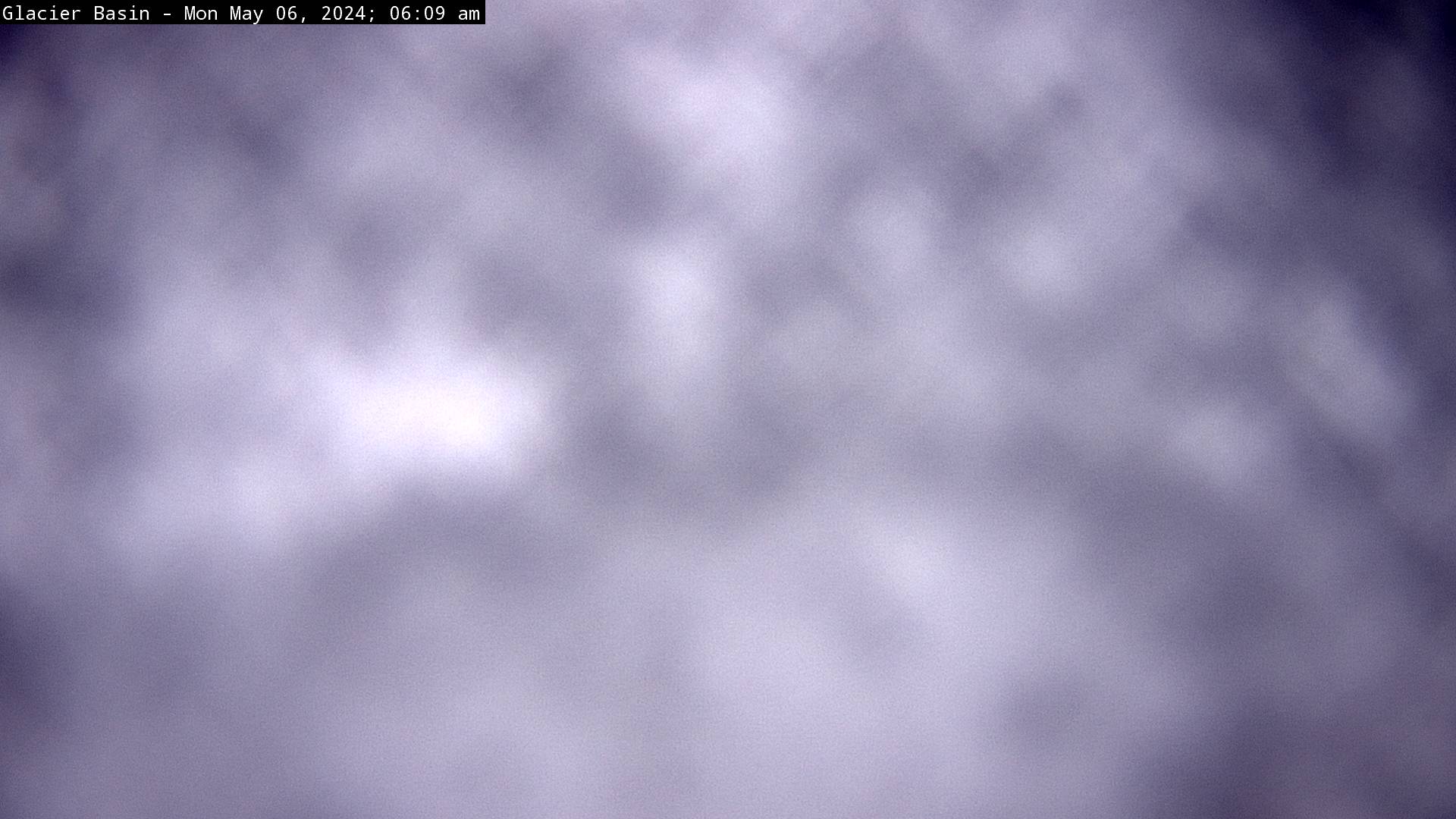Continental Divide, CO Weather Cams
Continental Divide

The Continental Divide in Colorado: A Geological and Historical Landmark
Continental Divide, Colorado Weather Cams. The Continental Divide is one of North America’s most significant natural features, running from Alaska to South America and separating watersheds that flow into the Pacific Ocean from those that drain into the Atlantic and Gulf of Mexico. In Colorado, the divide cuts through the Rocky Mountains, shaping the state’s geography, history, and development. From Indigenous peoples and early explorers to railroad engineers and modern conservationists, the Continental Divide has played a crucial role in Colorado’s story.
The Geological Formation of the Continental Divide
The Continental Divide is a geologic crest, formed over millions of years through tectonic activity, erosion, and glaciation. The Rocky Mountains, which host the divide, began forming around 70 million years ago during the Laramide Orogeny, a period of intense mountain-building. Over time, rivers carved deep valleys, creating dramatic landscapes such as Independence Pass, Loveland Pass, and Monarch Pass.
The divide serves as a natural boundary, determining the flow of precipitation. Rain and snow that fall on the western slope eventually reach the Colorado River, which flows toward the Pacific Ocean, while water on the eastern slopefeeds the Arkansas and Rio Grande Rivers, draining into the Atlantic.
Indigenous Peoples and Early Exploration
For thousands of years, the Ute, Cheyenne, and Arapaho tribes lived along the Continental Divide, using its passes for seasonal migration and trade. The Ute Trail, which follows parts of the divide, was a crucial route for Indigenous peoples traveling between the plains and mountain valleys.
European exploration of the divide began in the early 19th century. In 1806, Zebulon Pike led an expedition through Colorado, attempting to summit Pikes Peak but ultimately failing. Later, John C. Frémont and John W. Gunnisonsurveyed the region, searching for potential railroad routes.
The Role of the Divide in Colorado’s Development
The Continental Divide influenced transportation, mining, and settlement in Colorado. During the Colorado Gold Rush of 1858–59, prospectors crossed the divide in search of riches, leading to the establishment of towns such as Leadville, Breckenridge, and Silverton.
Railroads faced significant challenges in crossing the divide. The Moffat Tunnel, completed in 1928, allowed trains to pass beneath the divide, improving access to western Colorado. Similarly, the Eisenhower-Johnson Memorial Tunnel, built in 1973, became a vital highway connection through the mountains.
Conservation and Recreation
The Continental Divide is home to protected wilderness areas, including parts of Rocky Mountain National Park and the Continental Divide Trail (CDT). The CDT, stretching 3,100 miles from Mexico to Canada, offers hikers breathtaking views of Colorado’s alpine landscapes.
Efforts to preserve the divide’s natural beauty have led to water conservation projects, such as the Colorado-Big Thompson Project, which diverts water from the Western Slope to the Eastern Slope to support agriculture and urban development.
A Landmark of Colorado’s Identity
The Continental Divide remains a defining feature of Colorado, shaping its ecosystems, economy, and outdoor culture. Whether through historic railroad tunnels, scenic hiking trails, or engineering marvels, the divide continues to be a symbol of Colorado’s rugged beauty and resilience.
For more information, visit a unique website with info on the Continental Divide.
